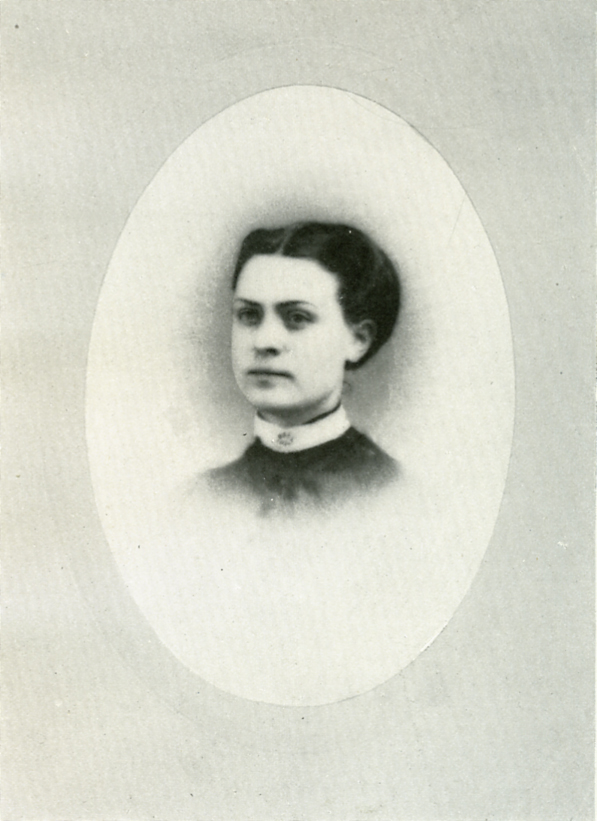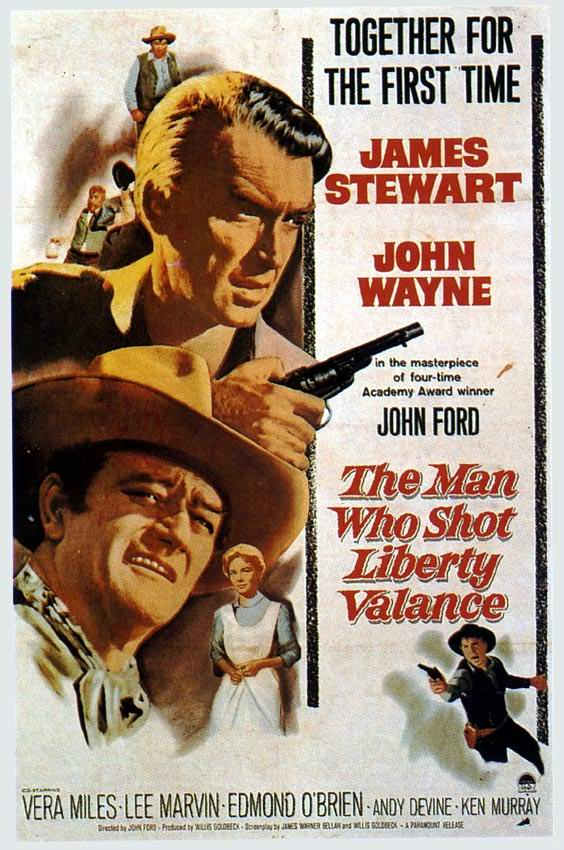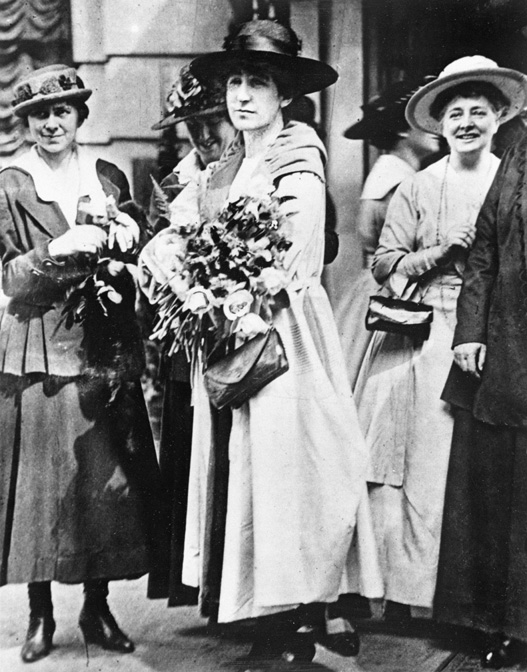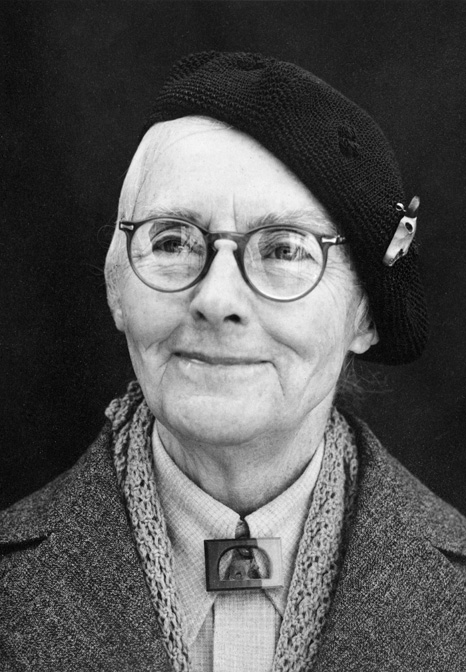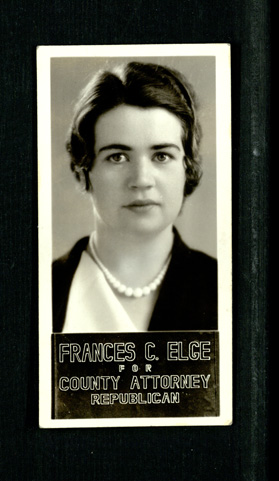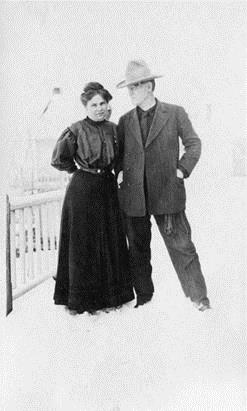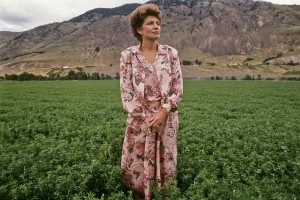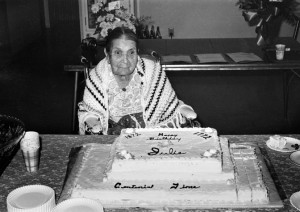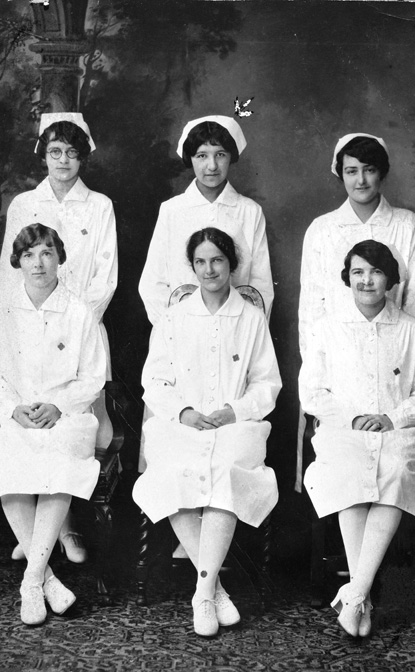
Susie Walking Bear Yellowtail was among the first Apsáalooke (Crow) people to achieve a higher education. Like many Native children of her generation, she attended mission boarding schools where students were expected to give up their indigenous languages, beliefs, and cultural ways. Instead, Yellowtail maintained her Apsáalooke identity and, guided by her cultural heritage, used her education to improve the lives of American Indian people.
Born in 1903 and orphaned as a child, Susie grew up in Pryor and attended a boarding school on the Crow Reservation. As the only child who spoke English, Susie translated for the other students. With her missionary foster parents, Susie soon left the reservation for Oklahoma, where she briefly attended a Baptist school. Her guardian, Mrs. C. A. Field, then sent Susie to Northfield Seminary in Massachusetts. Mrs. Field paid Susie’s tuition, but Susie earned her room and board by working as a housemaid and babysitter.
After graduation, Susie continued her education by enrolling at Boston City Hospital’s School of Nursing. She graduated with honors in 1923 and finished her training at Franklin County Public Hospital in Greenfield, Massachusetts. In 1927, Susie Walking Bear became the first registered nurse of Crow descent and one of the first degreed registered nurses of American Indian ancestry in the United States. Continue reading Susie Walking Bear Yellowtail: “Our Bright Morning Star”
